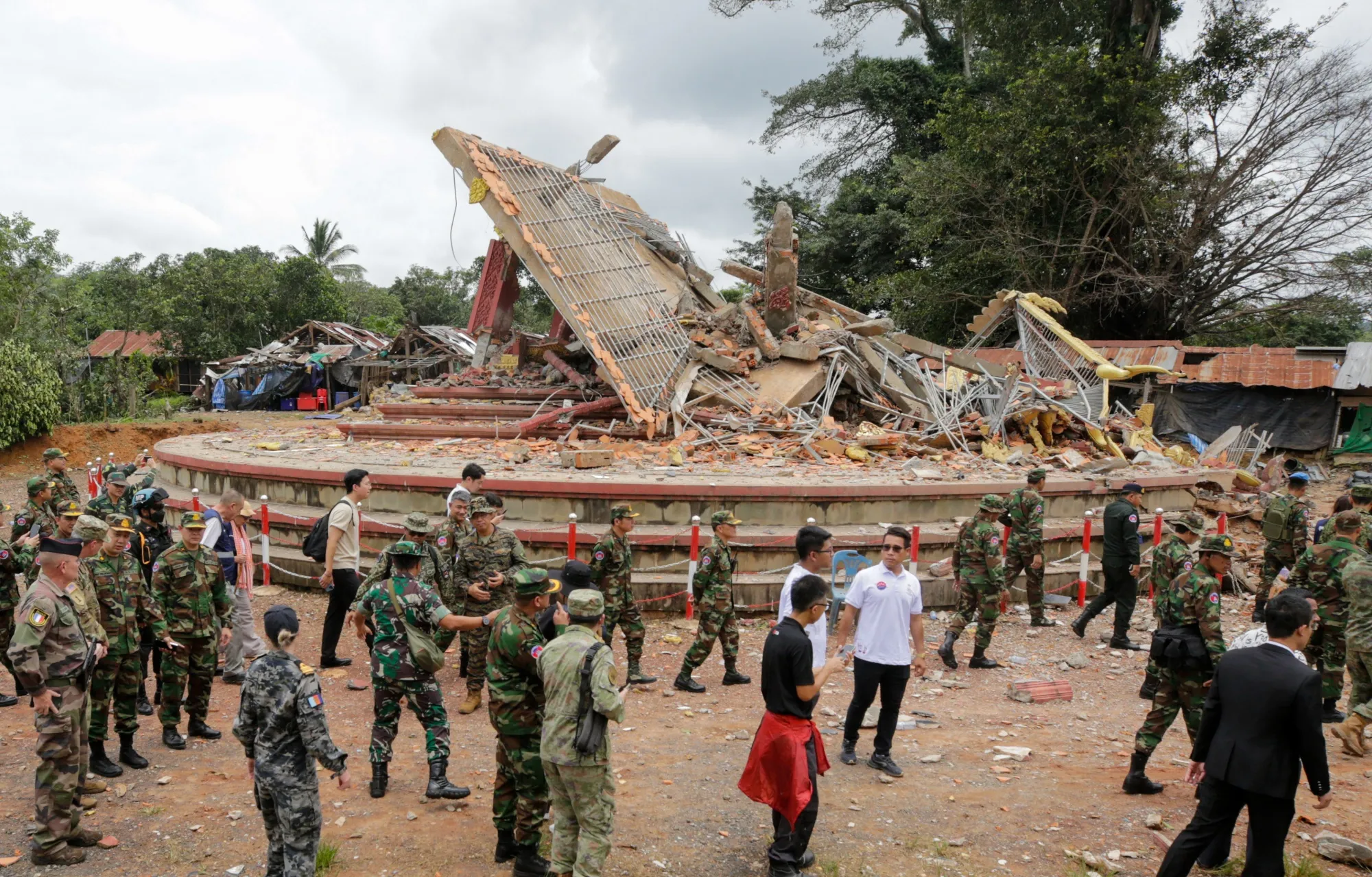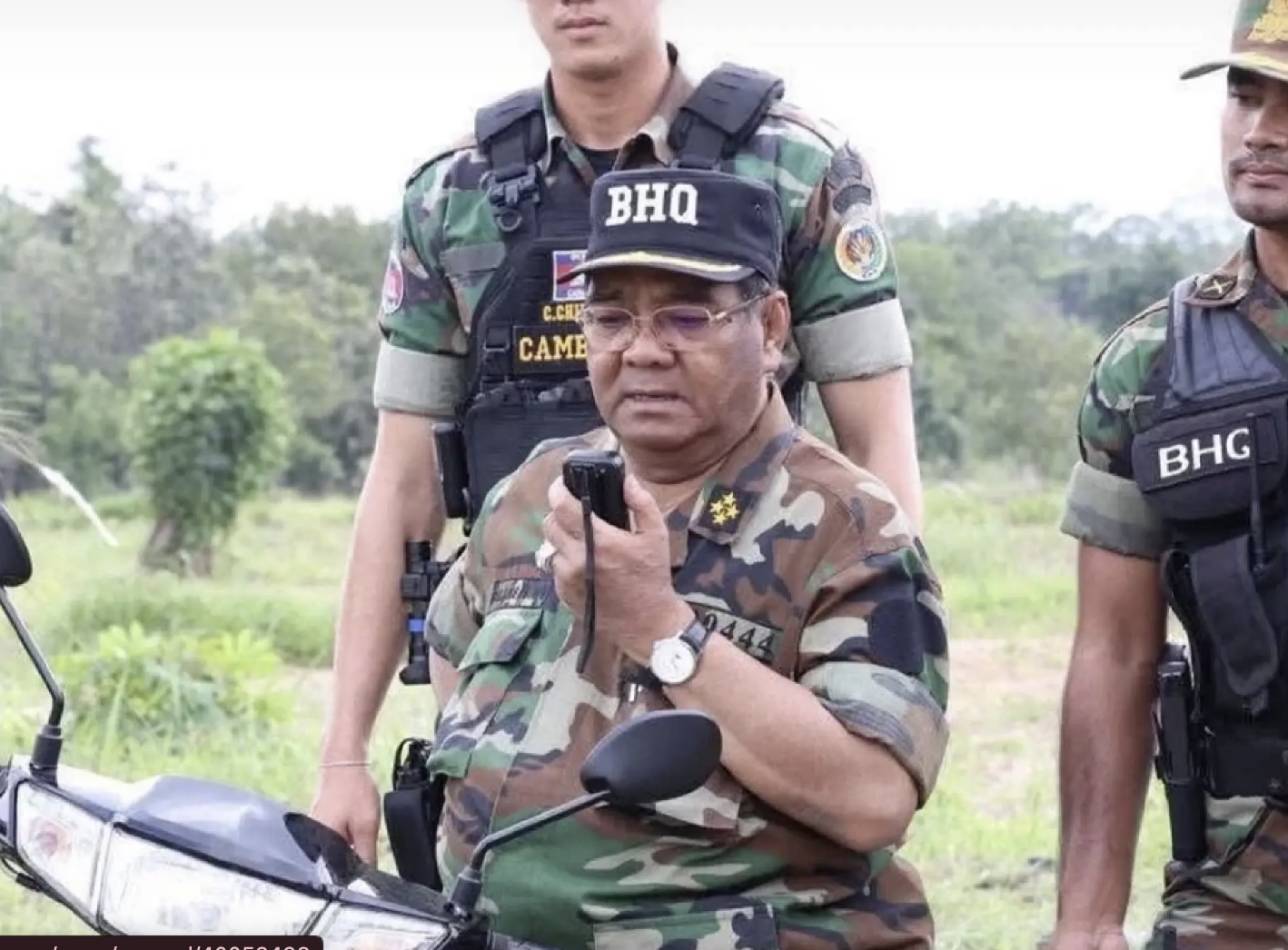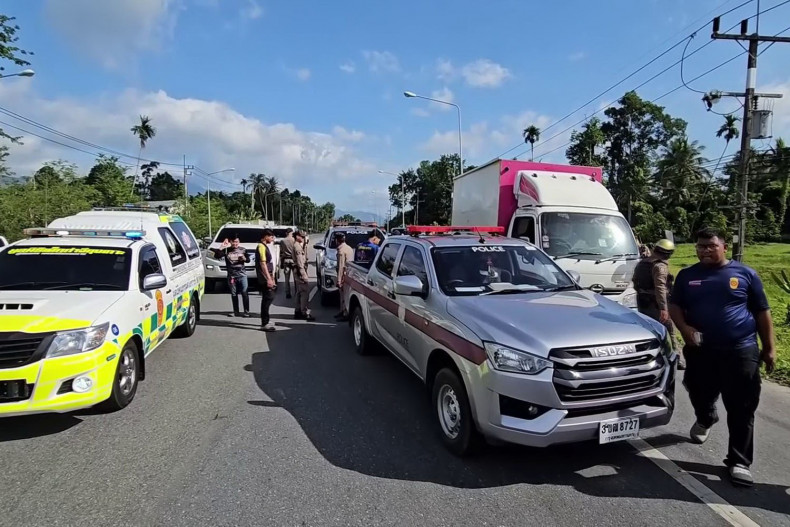Cambodia’s Strategy Beyond the Battlefield
Seeking Sympathy Through Victimhood
Despite its military inferiority, Cambodia persists in the Thai-Cambodian border conflict, not for territorial gains but to craft a narrative of victimhood. By portraying itself as an underdog against Thailand’s superior forces, Cambodia aims to garner international sympathy. This propaganda-driven approach leverages emotional storytelling to shift global perceptions, presenting Cambodia as a nation enduring aggression. The strategy seeks to offset its battlefield losses by winning the public relations war, reshaping how the conflict is viewed abroad.
Military Disparity Drives Tactics
Cambodia’s Limited Capabilities
Cambodia’s military, with roughly 75,000 active-duty soldiers and 200 tanks, pales in comparison to Thailand’s 130,000 professional troops, 100,000 conscripts, 400 tanks, and advanced air and naval forces. Faced with this imbalance, Cambodia has little chance of achieving strategic victories or holding Thai territory. Instead, its leadership focuses on sustaining operations to fuel a narrative of resilience and suffering, using the conflict to bolster its image rather than secure tangible military objectives.
Firehose of Falsehood Strategy
Flooding Social Media with Narratives
Cambodia employs a “Firehose of Falsehood” tactic, flooding social media with rapid, emotionally charged, and repetitive content to shape public opinion. This approach prioritizes speed and reach over accuracy, overwhelming audiences with narratives that are difficult to verify. By bypassing traditional media, Cambodia controls the storyline, amplifying tales of national struggle. This strategy exploits the fast-paced nature of online platforms, where emotional appeals often outshine nuanced facts, gaining traction among audiences unfamiliar with the region’s dynamics.
Emotional Appeal and Repetition
Crafting Compelling Stories
The Cambodian leadership designs its messaging to evoke strong emotions like outrage or pride, making stories more shareable and memorable. Repeated across multiple platforms, these narratives leverage the “illusory truth effect,” where persistent exposure makes even false claims seem credible. By saturating social media with tales of Thai aggression, Cambodia reinforces its underdog image, swaying foreign audiences who may lack context about the conflict’s complexities, thus strengthening its propaganda efforts.
Exploiting Digital Echo Chambers
Targeting Biased Communities
Cambodia tailors its content to resonate with specific online communities, exploiting social media algorithms that amplify emotionally charged posts. These echo chambers reinforce existing biases, reducing exposure to counter-narratives and making it harder for audiences to question the information. Professional lobbying firms further enhance Cambodia’s outreach, promoting its narrative globally. This targeted approach ensures that Cambodia’s version of events dominates online conversations, even if it diverges from reality.
Bypassing Traditional Media
The Liar’s Dividend Advantage
By sidestepping traditional media’s fact-checking, Cambodia communicates directly with audiences, fostering a perception of authenticity while sowing distrust in mainstream sources. The rise of deepfake technology and disinformation enables the “liar’s dividend,” where leaders dismiss damaging truths as fabricated. This tactic erodes confidence in legitimate reporting, creating ambiguity that benefits Cambodia’s narrative. As a result, the conflict’s propaganda war deepens polarization and undermines constructive dialogue, posing challenges for regional stability.








